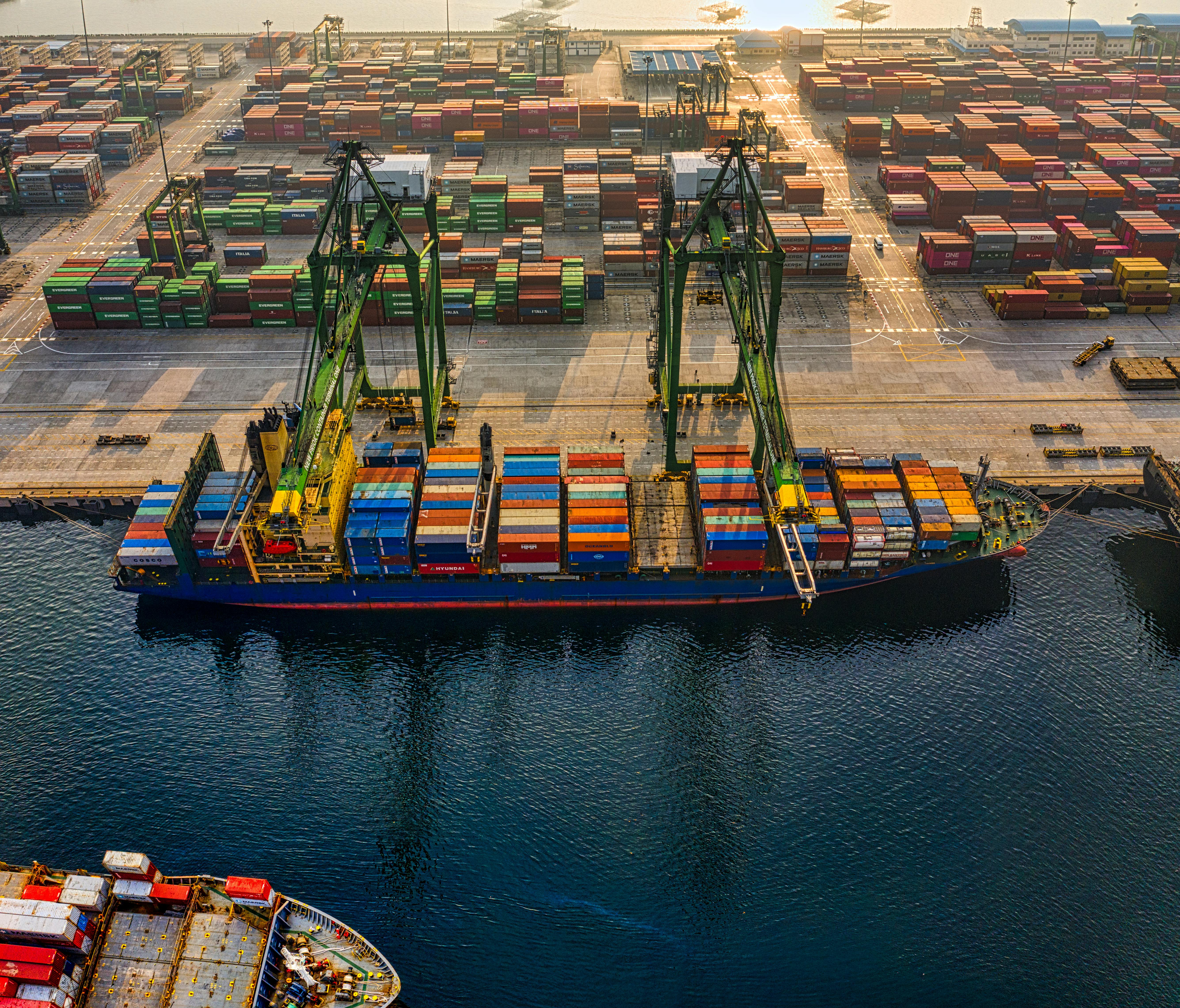New Risks on the International Scene: Covid-19 Pandemic
The rapid spread of the disease is triggering severe economic consequences.
Published by Marzia Moccia. .
Slowdown Planning Uncertainty Conjuncture Internationalisation Foreign market analysisIn the previous article World Countries through the Lens of Risk, we outlined the main Country risks that under "normal" conditions threaten the internationalization activities of companies. However, given the recent spread on the global scene of the Covid-19 pandemic, it is necessary to investigate this new type of risk. The spread of the Sars-CoV2 virus not only adds preponderantly to the uncertainty factors that threaten global growth, when it was already suffering from a previous weakness but also constitutes an unknown phenomenon, which can put the health systems of even the most advanced nations to test.
Based on World Health Organization data, the spread of Covid-19 affects more than 150 countries to date. The following animated graph allows us to retrace the evolution of the epidemic on a global scale, showing by country the total confirmed cases, total deaths and the number of recovered.
Source: ExportPlanning on Johns Hopkins University data
In the first month of the epidemic- between the end of December 2019 and the end of January 2020 - the cases of Covid-19 patients were strongly concentrated in the region of Hubei, where the city of Wuhan is located; cases of spread outside China were sporadic, and in any case largely attributable to the same outbreak. Despite the first restrictions on the movement of people, the outbreak subsequently affected the entire Chinese territory, and several countries worldwide have implemented flight containment and traveler screening measures.
However, during the first half of February, the spread of the virus in Asia became more pronounced in Japan, due to contagion on board the Diamond Princess cruise ship, and South Korea.
In the second part of February, the epidemic kept going west, hitting in particular Iran and Italy; while the numbers of newly infected people started to show moderate growth in China.
Over the last 15 days, the epidemic has spread to most European countries, the Middle East and the United States. The considerable diffusion of the pathogen on a global scale led the World Health Organization to declare a Covid19 pandemic last week. The epicenter of the pandemic has therefore moved to Europe, where Italy is the worst affected nation, after China. Also on the American front the alert is increasing: American President Trump has declared the state of national emergency and launched various measures to contain the contagion.
Risk factors
The spread of Covid19 makes clear that the new virus represents a global health threat, which is triggering severe economic consequences and revealing several political vulnerabilities, especially on the European front. It is possible to highlight three main risk factors:
- Constant and rapid growth
- Greater mortality for elderly patients
- Uncertainty from new pathogen
From the detection of the first case in China on 31 December 2019 to the recognition of the pandemic by the World Health Organization on 11 March 2020, the spread of the phenomenon has been extremely rapid. The map of the spread of Covid-19 disease is constantly and rapidly changing due to the high transmissibility among individuals. The context of globalization and widespread movement has allowed the virus to spread extremely quickly. Besides, there are documented cases of infected people with only mild symptoms, or no symptoms at all, that are unmonitored carriers of the virus.
Empirical data confirm that the virus affects older people more aggressively. This evidence, in conjunction with an exponential evolution of the infection, constitutes a significant source of risk for those countries, especially the more advanced ones, where the average age is significantly higher. In these countries, in fact, as in the case of Italy, the health infrastructure is insufficient for a massive demand for medical equipment.
Moreover, this new category of risk, which we could define as a health risk, strictly depends on the different healthcare access at a national level, becoming more acute in systems in which welfare provides for higher private participation.
The Sars-CoV2 virus is a new pathogen, currently without a specific and definitive cure. The only feasible measure, at the moment, is the containment of its spread, through quarantine measures or movement restrictions. Furthermore, there is no evidence of a possible seasonality of the virus, i.e. a tendency to disappear with rising temperatures. These factors make it difficult to estimate the future persistence of the virus on the international scene.


